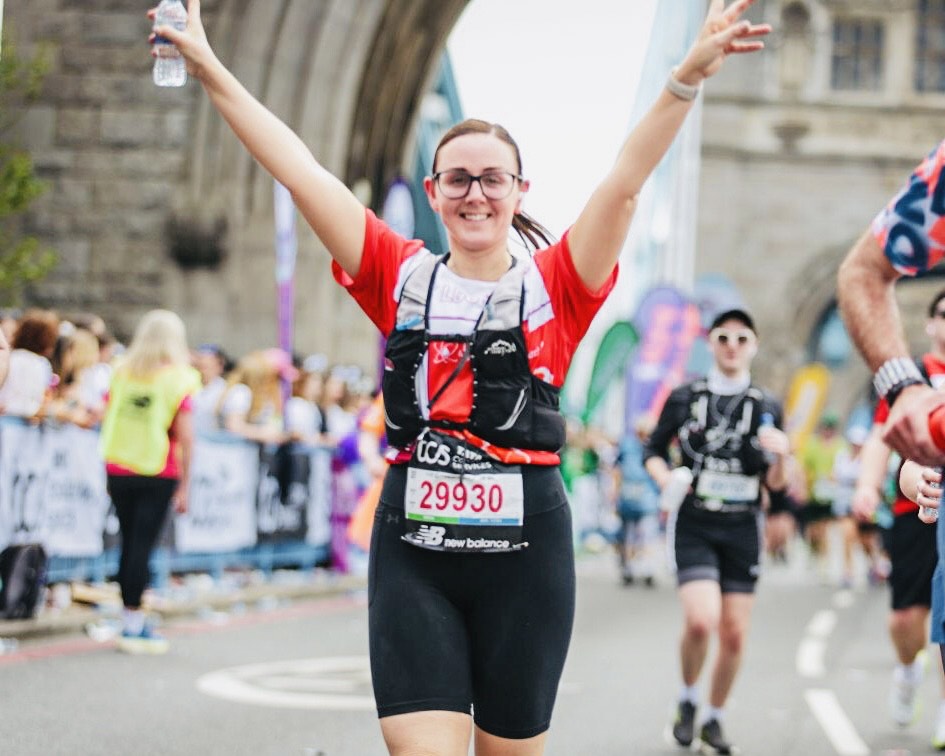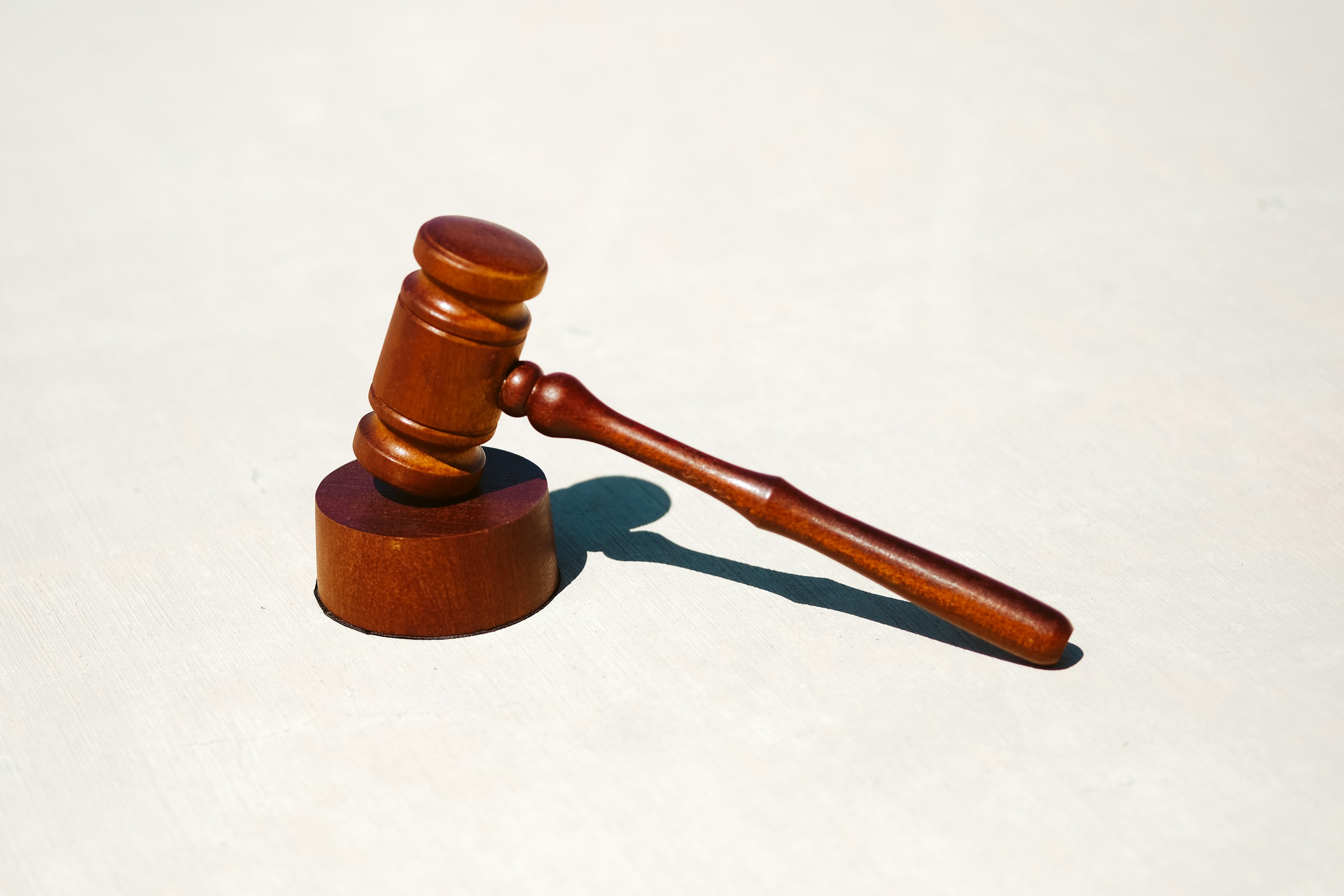Who is your partner?
Our partner is Smart Cells, a private human tissue based in West Drayton
Who is Smart Cells?
Smart Cells is part of the FamiCord Group, the largest cord blood bank in Europe and the third largest cord blood bank in the World.
How many blood cord units have you stored?
Our partner, Smart Cells, is part of the FamiCord group which has stored over 600,000 cord blood and tissue units so far.
How long has Smart Cells been operating for?
Smart Cells has been operating since 2000 for over 20 years and was the first private bank in the UK.
Is Smart Cells licensed?
Smart Cells our partner is licensed by the Human Tissue Authority
What security measures does it have in place?
Smart Cells as you would expect takes security very seriously. It has an Advanced Facilities Management System that continually monitors the environment; it’s alarmed and has an uninterruptible power supply in case of a mains electricity failure.
Does Smart Cells store whole blood?
Smart Cells does not store whole blood samples. The stem cell samples are volume reduced, removing unwanted red blood cells upon arrival at the facility. This is in line with the public banks in the UK
How can I be sure my cord blood would continue to be stored safely if Smart Cells ceased trading?
Establishments licensed by the HTA are legally required to ensure that in the event of activities ceasing, any tissues/cells and records are transferred to another suitably-licensed establishment. Smart Cells is compliant with this requirement.
Has Smart Cells released any samples for transplant?
Yes, Smart Cells has released cord blood stem cells for transplant, more samples for clinical use than any other private storage company in the UK with a 100 per cent success rate.
What is the service that you are offering?
We offer to process and store your baby’s cord blood stem cells in case they or another member of your family needs them in the future. The service funded for qualifying families. The level of funding depends on the families financial circumstances.
Can I pay for the collection and storage service?
The Model Cell Biobank service offers 2 levels of service, a fully funded service for qualifying families and a part funded service to those families who do not qualify for the fully funded service. The funding criteria is set out in the Model Cell Biobank Service Funding Terms and Conditions.
Where do you store the stem cells?
The stem cells are stored in our partner Smart Cells’ facility in West Drayton.
I am due in 2 weeks time can I apply for your service?
I’m afraid not. Currently our charities assessment process takes at least 4 weeks.
Why should I store my baby’s stem cells?
To help protect the future health of your child and family. Cord blood stem cells can be used instead of bone marrow stem cells when treating cancers of the blood. There are some diseases that you would not want to use your own stem cells for, you would want to use someone else’s. However there is a lot of research looking into the use of the stem cells in the future to treat diseases such as cerebral palsy, heart disease and Parkinson’s.
How long does it take to collect the stem cells?
The process only takes a few minutes. Once your baby has been born and the midwife has decided that you and your baby are ok, the collection will take place.
What do I need to do when I go into labour?
You need to the collection kit to the hospital. It has everything that is needed to perform the collection and send it to the laboratory for processing.
I am having twins; will it be possible to collect the stem cells for both of them?
Two kits will be provided for the birth of twins, however, it may not be possible to collect enough cord blood from both twins.
Where is a collection kit for an MCB client sent to?
The collection kit is sent to the client’s home address.
What tests are done on the cord blood?
We test the cord blood to make sure that there are enough cells making it suitable for storage (total nucleated white cells and stem cells). We also perform microbiology tests to check if it is contaminated or not. We will also perform some other tests on the cord blood that will be used if the stem cells are required for use in the future. We will send you a copy of all your results once they have been reported back.
What tests are done on the mother’s blood? Virology
We have to test the mother’s blood for certain viruses. This is mandatory when storing tissue in the UK. We test for:
- HIV 1 & 2
- HTLV 1 & 2 (a test that we have to do when storing tissue in the UK)
- Hepatitis B
- Hepatitis C
- Syphilis
- CMV IgM & IgG
Again, we will send you all of these results.
When are the results for the stem cells reported to Model Cell Biobank?
It will take up to 21 days for the results to be reported back to the charity. We will send you all the results as soon as we have them.
What happens if I have a positive result for microbiology?
A positive microbiology or virology result does not necessarily mean that your sample can’t be stored. The matter will be reviewed by our medical board.
Who controls the use of the preserved cord blood stem cells?
The mother, as the child’s guardian, has control over the stem cells, until the child is of legal age. Stem cells will not be released by Smart Cells without the mother’s consent or the child’s consent, once they have reached legal age.
If I am going to wait for the cord to stop pulsating can I still collect the cord blood?
If you are opting for a natural 3rd stage delivery where the cord stops pulsating before it is clamped, which can take a few hours, it will not be possible to collect the cord blood. The blood left in the cord will start to clot after about 10-15 minutes.
Will the service cost me anything?
No if you are accepted by the charity for the fully funded there will be no costs incurred by you unless you withdraw your consent to store once the stem cells have been processed and stored for you. If you are accepted for the part funded service there is a fee payable which will depend on your financial circumstances.
Delayed clamping
We ask that the collection procedure does not interfere with the birthing procedure. If the hospital practices delayed clamping, as long as it is not more than a few minutes this is fine. The longer the cord is left for the blood to go back into the baby, the more stem cells go back into the baby, however there will be less blood left to collect at the end. It would be worth finding out how long your hospital waits until they clamp the cord and letting us know and we can discuss it further then.
How will I know if I am eligible for the service?
You need to check our eligibility criteria which are:
- Have a history of cancer in your immediate family (son, daughter, spouse/partner, sibling, parent, grandparent, uncle or aunt) confirmed in writing by your doctor;
- Have a written recommendation from a specialist approved by LMRUK that a medically proven treatment that the stem cells from your baby could be used to treat your baby or another member of your family.
You must also meet the funding eligibility criteria that is set out in the Model Cell Biobank Service Funding Terms and Conditions, which is enclosed in the application pack.
When should I apply?
Once you have decided that you want to store your baby’s stem cells, simply call us or complete the on line application and we will get the service set up for you. We recommend that the sooner you sign up the better to ensure that we have everything set up and ready for the big day.
The charity reviews each application and this takes time so the sooner you apply the better!
What documents do I have to send to you?
We will send you an application pack. In the pack will be some documents that we require you to complete, including a consent form, an agreement and a medical behavioural history questionnaire.
There is also a form that you need to take to your doctor for them to complete to state that you meet our medical acceptance criteria.
We will also need supporting documentation to show that you are eligible for the service. This is detailed in the Model Cell Biobank Service Funding Terms and Conditions, which is enclosed in the application pack.
Once these are complete you simply return them to us and we take care of the rest.
What is in the kit?
The kit contains everything that is required to collect the cord blood and the maternal blood sample. There are 2 kits in the collection kit: one to collect the cord blood and the other to collect the maternal blood sample. There are instructions for the person performing the collection and some forms for them to complete as well. There are also instructions for the parents on what to do once the collection has been made including the telephone number to call to arrange for the collection kit to be collected by the courier.
When does the collection take place?
The collection takes place almost immediately after birth, as soon as the midwife decides it is safe to do so.
Where does the collection take place?
The collection can take place at the hospital or your home.
Can my partner / husband collect the cord blood stem cells?
I’m afraid not, it has to be a trained medical practitioner i.e: a midwife or a phlebotomist.
My Midwife has recommended the service to me but won’t collect the stem cells, what do I do?
Don’t worry, we can arrange for a phlebotomist, a trained healthcare professional, to collect the stem cells for you.
How do I arrange for you to collect the cord blood once my baby has been born?
As part of the process leading up to the birth, either the midwife would have agreed to collect the cord blood or we would have arranged Phlebotomist to be there. You or your partner will need to call the number provided by the phlebotomist (who will perform the collection), that you have gone into labour and are in hospital; they will then keep in contact with you to ensure they are there in time to collect the cord blood once your baby has been born.
What happens when my baby is born?
Once the healthcare professional has collected the cord blood and it is packed ready to be collected, your birthing partner simply calls us and we will take care of the rest. All the instructions on what to do on the big day are sent you and they are also provided with the collection kit.
Will the collection interfere with my birthing plan?
No the cord blood is only collected once the baby has been born, the cord clamped and cut in the normal way. The collection will only be made once the doctor or midwife is assured that you and your baby are OK, the health and well being of you and your baby are the number one priority.
How do I arrange for the cord blood to be picked up once my baby has been born?
The details of what you need to do once your baby has been born and the cord blood has been collected are in the kit under Instructions for Parents. You simply call the number provided in the kit and a courier will be arranged to come and collect the kit, they will normally be with you within two hours. If you call outside of the office hours (8am to 8pm), leave a message, then the next morning someone will be in touch to arrange the kit collection. Just keep the packed kit somewhere safe and at an ambient room temperature.
How will my child’s umbilical cord blood sample be transported to Smart Cells?
Smart Cells uses a specialist courier service, and makes all the necessary arrangements for you. Once the cord blood has been collected you can notify Smart Cells and it will facilitate the transportation of the package back to the laboratory. Target transit time is 48 hours. The packaging of the collection kit is designed to keep sample at optimum temperature for its survival and safety during transportation.
What happens after Smart Cells receives the cord blood?
The cord blood is checked to ensure there is enough to be processed and stored. The cord blood is then processed using a technique called volume reduction, to remove the unwanted red blood cells and plasma. The stem cells have a cryoprotectant added to them to protect them during the freezing process. The cells are then slowly frozen down to -196°C to ensure they can be stored long term. (It’s the same freezing process they use for sperm, which they have shown is viable 40 years on).
Samples are also taken during the processing for tests that are then performed to check that the cells are suitable for storage. All of the results will be reported back to you. Microbiology
What if there aren’t enough stem cells in the sample?
It will not be stored and it will be destroyed as it does not meet the acceptance criteria.
If my child developed leukaemia, could I use their stem to cure them of it?
It is preferable to use someone else’s stem cells to treat leukaemia in your child, because there can be a genetic predisposition to leukaemia. The decision whether or not to use the cells would be up to the transplant clinician.
What are Stem Cells?
A stem cell is a cell with the unique ability to develop into specialised cell types in the body. There are different types of stem cells in the body. Cord blood contains blood Stem Cells that can be collected safely and painlessly, collecting them for potential use for your child or another family member in the future.
How long do you store it for?
25 Years, which is based on the most current clinical evidence available. After 25 years, you will be contacted to see if you want to continue storage.
What if I need the cord stem cells for my child?
Just phone up and request their release. We will take your details and start the release process with Smart Cells.
Can the stem cells only be used for my child?
No, they can also be used for siblings and relatives, providing they are a suitable match, there is a 1 in 4 chance they will be a match for a sibling.
Will you use my child’s stem cells for research?
No. The stem cells can only be released with your consent. We have a very strict release procedure which will require you to give your written consent to release the cells to the hospital where the treatment is going to take place. The mother is the legal guardian of the cells until the child is 18 years of age and then the child is the owner of the cells. We cannot release the cells to anyone without your consent.
You mention that you do research on your website, how will I know you are not using my baby’s stem cells?
We do not carry our research on stem cells that we store for families, we support stem cell research by helping to fund it.
The collection process and storage of stem cells is regulated by the HTA which prevents the release of stem cells without consent from the owner of the cells.
The stem cells can only be released with your consent. We have a very strict release procedure which will require you to give your written consent to release the cells to the hospital where the treatment is going to take place.
Can anyone use my child’s stem cells? Do they go into the public bank?
Only you can authorise the use of them. They can only be released with your consent or your child’s (the owner of the cells) when they turn 18.
If I move aboard do I need to move the cord stem cells with me?
No, it is safest to leave them in long term storage at our facility. If in the future you needed them, we would ship them for you in a specialised container that keeps the cells frozen for up to 5 days, so they can be shipped to virtually anywhere in the world. All you need to do is let us know your new contact details.
Can the cord blood stem cells be used to treat another member of the family?
Provided the stem cells are a suitable match yes they can. A tissue typing test (an HLA test) would have to be performed to see if they were a match to the family member. There is a 1:4 chance that a sibling will be a suitable match but the chance of a suitable match decreases, the more removed the family member. So for instance cousins would be a have a much smaller chance of being a match.
Can I save my baby’s cord tissue?
The Charity currently offers to store cord blood only. Currently there are no proven therapeutic uses using stem cells from the cord tissue.









